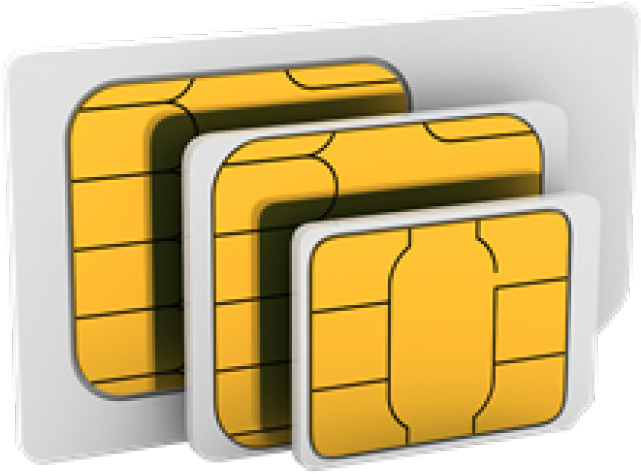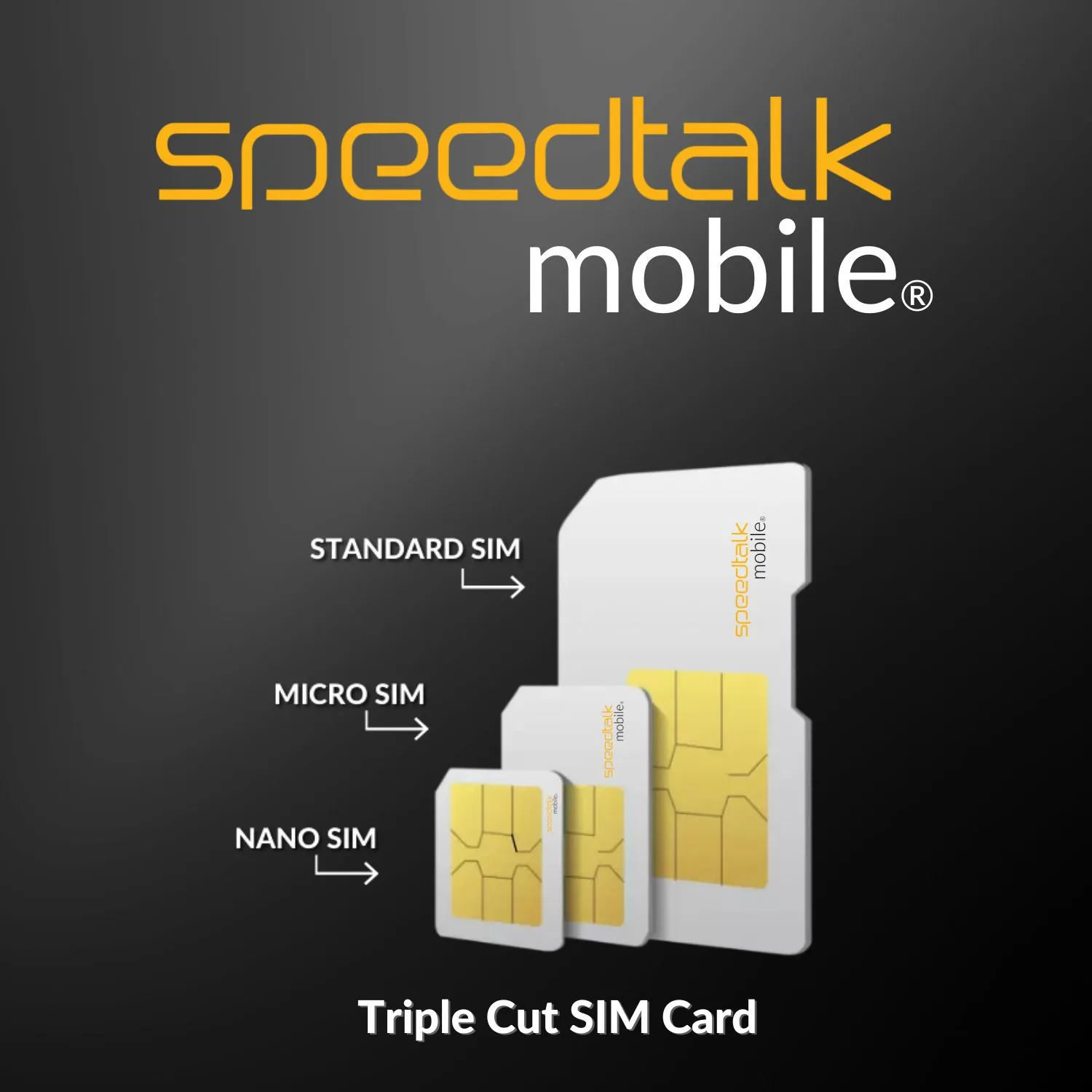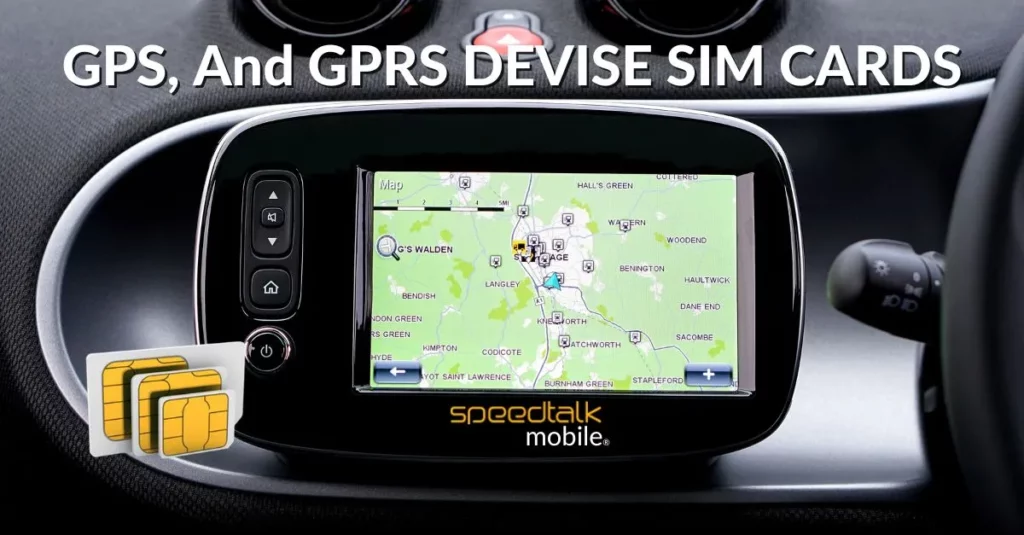Stay connected on your smart watch device with SpeedTalk Mobile’s secure nationwide network, specifically designed to maximize your device performance.
- Enjoy 5G & 4G LTE data usage with a SIM card and wireless plan that supports the majority of GPS and OBD Asset Tracker Devices
- Get a free 3-in-1 SIM card that includes standard, micro, and nano sizes to fit any GPS and OBD Asset Tracker Devices. Simply punch out the size you need.
- No contracts, no credit checks, and no activation fees. GPS and OBD Asset Tracker Devices plans renew automatically every 30 days with the freedom to cancel anytime from anywhere.
- Upgrade or downgrade your GPS and OBD Asset Tracker Devices plan at anytime with no extra fees or hidden costs.
- Stay connected with SpeedTalk Mobile international roaming service add on feature in more than 200 countries.
GPS sim cards are a great way to keep track of your most valuable possessions. They provide you with real-time navigation and positioning, so you can always find your way. GPS, OBD And Asset Tracker sim cards are also great for staying connected while on the go.
OEM’s, Manufacturers, Enterprise, Corporate and Affiliate Accounts are available – online account management portal and API’s to manage multiple SIM cards within single account and one main airtime balance.
Speedtalk Mobile GPS Tracker SIM cards and service plans are compatible with any unlocked 5G/4G LTE GSM GPS tracking device such as, but not limited to:
GPS And GPRS Tracking Device Plan
GSM compatible GPS GPRS Trackers
Small Portable GPS Tracking Devices
Hiking GPS Trackers
Any Unlocked Cellular enabled GPS Trackers
Vehicle GPS And GPRS Tracking Device Plans
Cars Tracker
Truck Tracker
Van Tracker
Motorcycle Tracker
Bike Trackers
Scooter Tracker
Airplane Tracker
Boat Tracker
Milage Tracker






